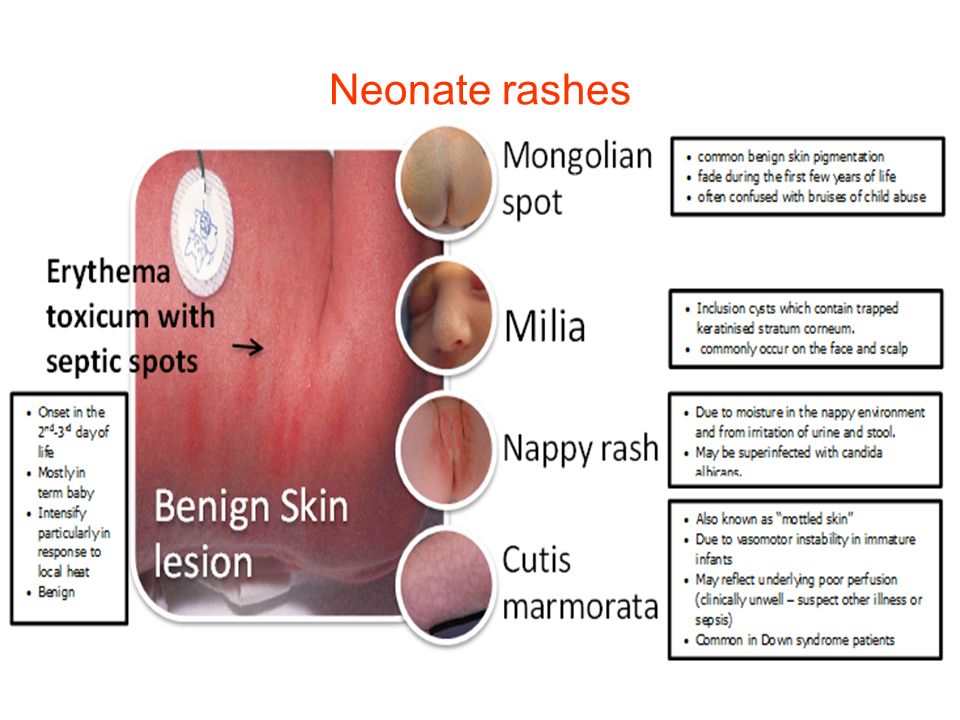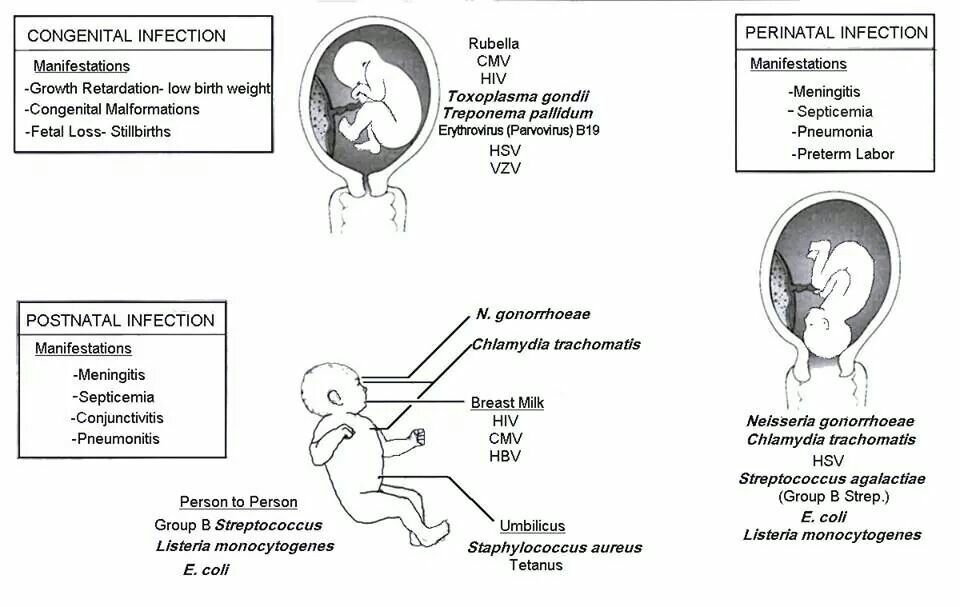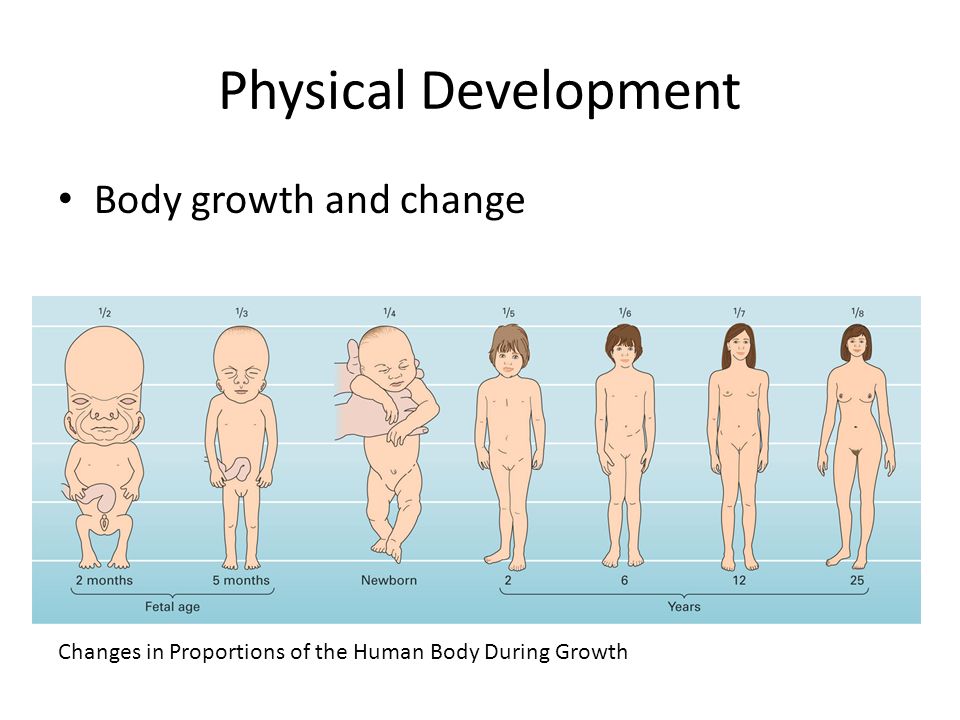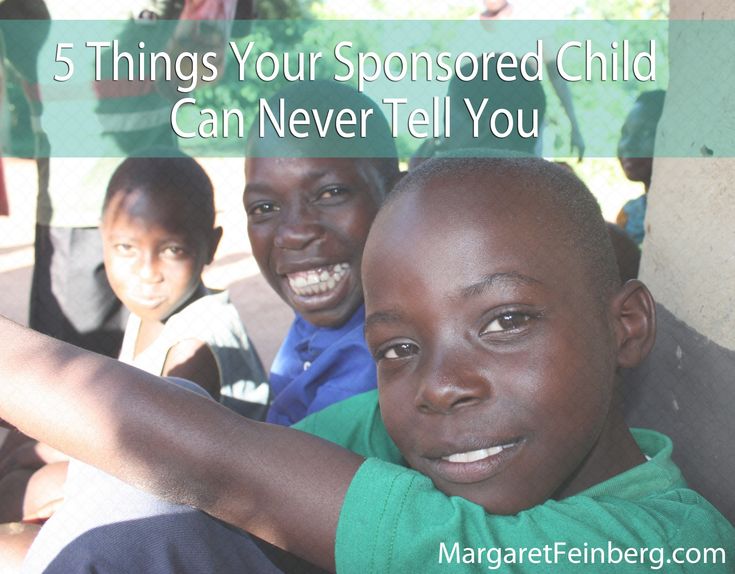Rashes on the bottom
Causes, Remedies, Treatment, and Pain Relief
General symptoms of a rash on the butt can include:
- tiny bumps or dots on the buttocks
- blisters in the anal area
- itching that gets worse when you scratch it
- irritated, swollen patches of skin
- blisters or bumps that leak fluid and get crusty
- scaly patches of skin on the buttocks
- irritation between the butt cheeks
- pain and itching around the anus
- acne-like pimples on the buttocks
- sore spots that are tender to the touch
- spots that appear red, skin-colored, or slightly lighter or darker than your skin color
Butt rashes can be caused by irritation, infections, viruses, allergies, or other health conditions. Here are a few of the common causes of rash on your buttocks:
Contact dermatitis
Contact dermatitis is a common type of rash. It appears when your skin comes into contact with a substance that causes irritation to the skin. Some contact dermatitis rashes appear immediately, but most take some time to appear.
Contact dermatitis symptoms
There are two types: allergic contact dermatitis and irritant contact dermatitis. Common symptoms of both can include:
- swelling
- severe itching
- dry, scaly, or cracked skin
- bumps and blisters
- oozing, crusty skin
- pain, burning, or tenderness
Common allergens and irritants can include:
- plants, such as poison ivy and poison oak
- medications, such as antibiotics or antihistamines
- chemical additives, including food flavorings, cosmetics, and perfumes
- cleaning products, such as soaps or laundry detergents
- bath or personal care products, including lotions, shampoo, soaps, and sunscreen
- fertilizers and pesticides
Atopic dermatitis (eczema)
Atopic dermatitis, which is generally known as eczema, is a chronic skin condition that causes itchy, dry skin. Atopic dermatitis is the most common form of eczema and is often simply referred to as eczema. Eczema is most common in babies and children, but it can begin at any age.
Atopic dermatitis is the most common form of eczema and is often simply referred to as eczema. Eczema is most common in babies and children, but it can begin at any age.
Although eczema can cause rashes on the buttocks, rashes are typically seen:
- on the face
- on the elbows
- on the hands and feet
Atopic dermatitis symptoms
Symptoms can include:
- dry, itchy patches of skin
- skin that weeps clear liquid when scratched
- crusty, scaly skin
- skin that swells and itches more after scratching
- in lighter skin tones, it can appear red, and in darker skin tones, patches of eczema may be red, pink, magenta, or darker than surrounding skin
Heat rash
Heat rash is a common skin irritation that causes rash and stinging. Your skin may feel prickly or itchy, and small bumps may form. Heat rash occurs most often in hot, humid weather. Heat rash can also happen any time you sweat a lot.
Heat rash can appear red on lighter skin tones, and on darker skin tones, it may look like a series of gray or white spots.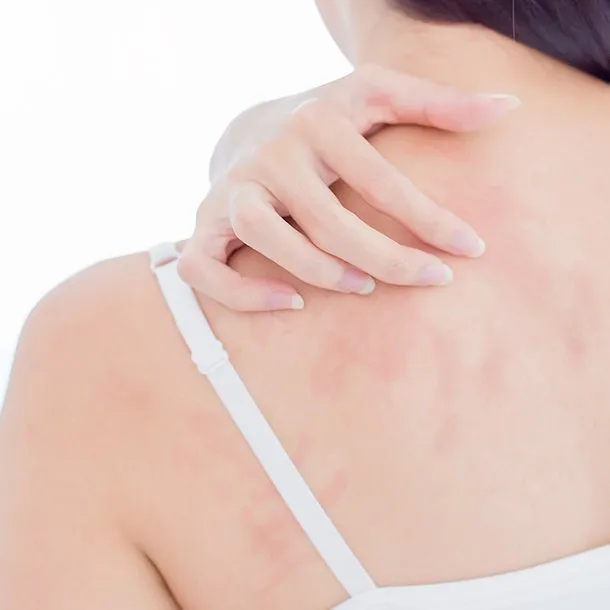
When sweat gets trapped under your skin, it can clog up pores and causes small pimples to form. It typically occurs on parts of your body where skin rubs against skin, such as along your butt crack or inner thighs.
Genital herpes
Genital herpes is a common sexually transmitted virus that can cause rash-like symptoms on your buttocks, anus, or thighs. Herpes can be transmitted through any type of sexual contact, including vaginal, oral, or anal contact.
Rash symptoms originate in the place where the infection entered your body but can spread when you scratch them. Symptoms can include:
- pain or itching in your genital and anal area
- small, discolored bumps that may range in size
- small blisters filled with fluid
- ulcers from ruptured blisters that may ooze and bleed
- scabs that form as ulcers heal
Keratosis pilaris
Keratosis pilaris is caused by a buildup of keratin on the skin. Keratin is a protein that protects your skin from harmful irritants and infections.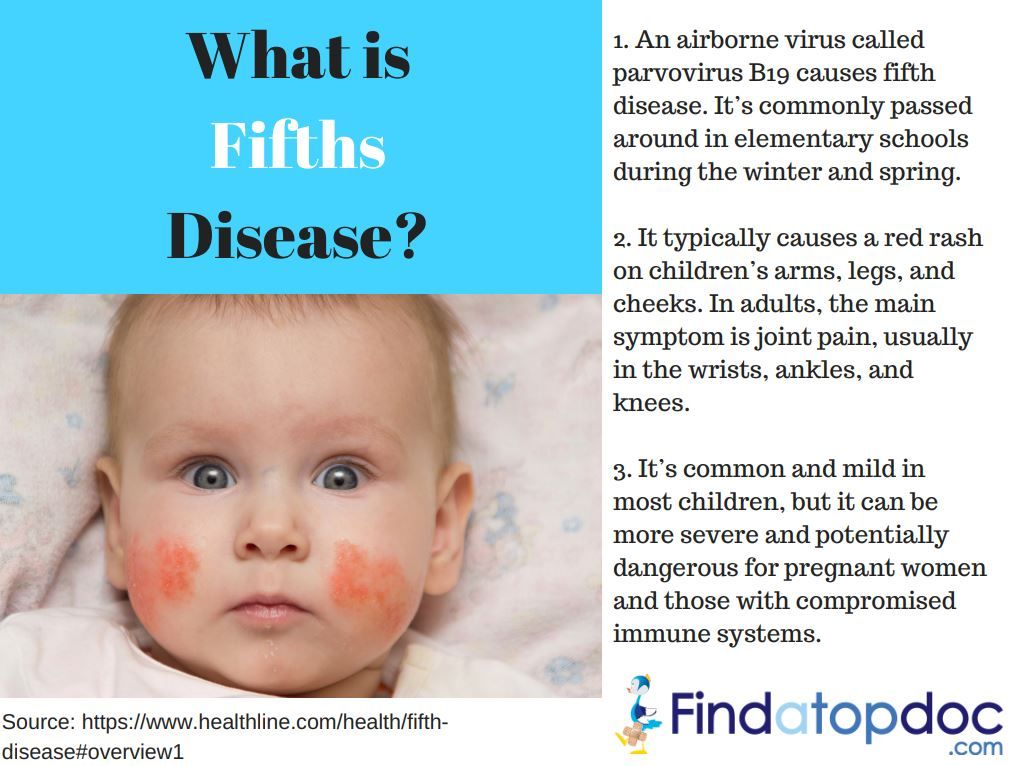
In people with keratosis, keratin forms a plug that blocks the openings of hair follicles. This causes rough, sandpaper-like skin. Tiny red bumps may form on the buttocks, though they’re typically painless.
Shingles
Shingles is an infection caused by the same virus that causes chickenpox. After you have chickenpox, the inactive virus remains in your body for years and can reactivate in adulthood. It typically appears as a painful rash on one side of the body. The rash may include:
- numbness, burning, pain, or tingling
- tenderness to touch
- discoloration, which may appear as redness on light skin tones and the same color as the skin or darker on melanated skin
- blisters that break, causing crusty skin
- itching
You may also experience fatigue, general feelings of malaise, and fever.
Intertrigo
Intertrigo is a rash that forms in the folds of the skin. When skin rubs against skin, it causes friction and creates a warm, moist environment that’s ideal for fungal and bacterial growth.
Intertrigo is common in the skin between the buttocks (butt crack), which can become very raw, itchy, and painful. It may appear red or reddish-brown, and in severe cases, the skin can crack, bleed, and produce a foul odor.
Psoriasis
Psoriasis is a chronic, autoimmune skin condition. When you have psoriasis, your immune system mistakenly attacks your skin cells, causing them to grow rapidly and swell. The skin cell overgrowth forms a rash characterized by raised red marks and scaly white patches. People with psoriasis may experience flare-ups in which the disease returns in between periods of remission, when the disease temporarily recedes.
Psoriasis tends to appear pink or red on those with light or fair skin tones, and the scales can appear silvery white. On medium skin tones, it can appear salmon-colored with silvery-white scales. On darker skin tones, psoriasis may look violet, and the scales may look gray. Or it can also appear dark brown and be difficult to see.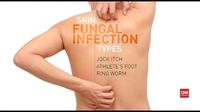
Psoriasis can cause a rash anywhere on the body, including on the buttocks. You may have patches of raised skin that look cracked, scaly, and rough.
Ringworm (jock itch)
Ringworm is a fungal infection that can affect the skin of several different parts of the body, including the following:
- groin
- thighs
- genitals
- butt
It can affect people of all ages. Ringworm, which gets its name from the circular rash it produces on the skin, is often called jock itch or athlete’s foot, depending on its location.
Symptoms include:
- on lighter skin, the rash can appear red, flaky, or scaly, and on darker skin, the rash might appear gray or brown
- ring-shaped, circular rash
- scaly or cracked skin
- hair loss
Lichen sclerosus
Lichen sclerosus is a skin condition that most often affects the genital and anal are but can affect other areas too. It’s most common among people who are postmenopausal, but it can affect people of all ages and genders.
Symptoms include:
- smooth, shiny, white spots
- bruising, scales, or cracking
- skin that’s thin and wrinkled or easy to tear
- bleeding and blistering
- itchiness and pain
- pain during urination, sex, or bowel movements
Folliculitis (butt acne)
People often mistake butt acne for regular acne. Pimples on your butt don’t form in clogged pores like facial acne. Instead, they form in clogged hair follicles.
In people with folliculitis, hair follicles become infected after being irritated, usually by friction or shaving. If you notice small, painful pimples on your butt or groin, it may be a symptom of folliculitis, and the bumps may contain bacteria.
These bumps can appear red on lighter skin tones. They may appear similar in color to surrounding skin or may appear brown on skin of color. They may be also itchy and form whiteheads.
Candida (yeast) skin infection
Candida is a fungus that frequently infects the skin, often in warm, moist areas such as the buttocks and groin.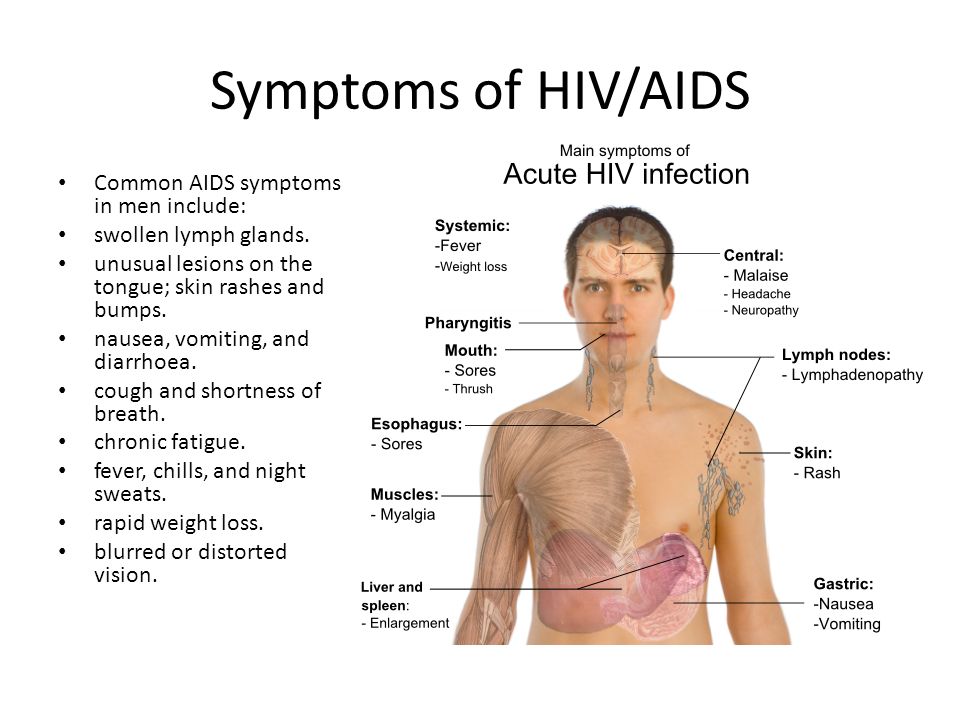 Candida is the most common cause of diaper rash in babies and adults.
Candida is the most common cause of diaper rash in babies and adults.
People who have diabetes, who have obesity, or who are taking antibiotics are at an increased risk. Yeast infections of the skin can occur in people of all ages and genders.
Symptoms include:
- intense itching
- reddish skin rash that grows
- red small bumps that look like pimples
Incontinence
People who have difficulties with bladder and bowel control may develop butt rashes. This is particularly true of people who wear diapers, who are immobile, or who use a wheelchair for long periods of time.
Excess moisture between the buttocks and in the groin area provides an ideal environment for bacterial and fungal growth. Symptoms of incontinence-associated dermatitis can include:
- redness and irritation
- peeling
- pimply rash
- rawness
Butt rashes aren’t usually a symptom of anything dangerous. Typically, rashes clear up on their own after a few days or weeks, but sometimes they may require medical treatment.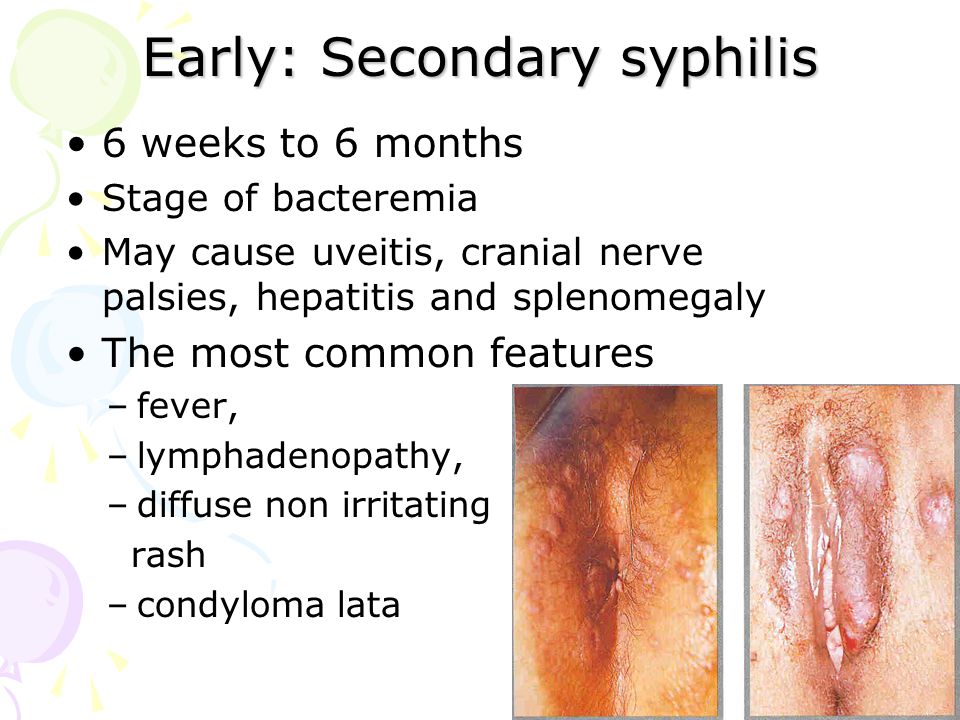 The American Academy of Dermatology recommends consulting a doctor about a rash when:
The American Academy of Dermatology recommends consulting a doctor about a rash when:
- the rash is sudden and spreads quickly
- the rash covers your entire body
- you have a fever with your rash
- you have blisters on your genitals or anus
- the rash is painful
- the rash starts to look infected, which may include yellow or green fluid, red streaks, or painful swelling
Dermatologists can often identify a rash on sight. A dermatologist is a doctor who specializes in skin health. A doctor will do a physical exam and look at the rash. They might also:
- take a tissue sample or culture
- take a sample of your blood
- ask about your medical history and allergies
- perform a patch test to see how your skin reacts to various irritants
There are some natural remedies and herbal remedies that you may be able to use to find immediate relief, and, in some cases, treat your rash.
Home remedies
- Tea tree oil can have antibacterial and antifungal effects when applied directly to a rash.
 You can try it for yeast infections and folliculitis.
You can try it for yeast infections and folliculitis. - German chamomile tea can be ingested or applied as a compress to treat dermatitis. It can reduce itchiness and inflammation and may speed up healing.
- Any gentle, fragrance-free moisturizer can be applied liberally to itchy, dry skin.
- Coconut oil is a great natural moisturizer with antimicrobial (infection fighting) properties. You can typically apply it directly to your rash.
- Oatmeal has natural soothing, moisturizing, and anti-inflammatory properties. You can try mixing ground oatmeal into a cool bath, or mix it into a paste and apply it directly to your rash.
- Aloe vera can sooth, moisturize, and decrease itchiness.
- Witch hazel can be applied directly to your rash to sooth irritated skin, speed up healing, reduce itchiness, and even help prevent infection.
- Menthol is an essential oil derived from Japanese mint. It has soothing, anti-itch properties.
- Honey may help fight infection in open sores.

Treatments for butt rash vary depending on the underlying condition. In some cases, you might be able to use over-the-counter (OTC) medications. For other conditions, you may need a prescription from a doctor.
OTC medications
- Hydrocortisone cream is a mild steroid cream that is suitable for many types of rashes. It can reduce redness, itchiness, and inflammation. Common brand names include Cortizone 10.
- Antifungal creams, powders, and sprays can be used to treat fungal infections such as ringworm, intertrigo, and yeast infections. They can help reduce itchiness, burning, and cracking skin. Medications include clotrimazole (Lotrimin, Cruex, Desenex) and miconazole nitrate (Monistat).
- Antibiotic creams and ointments can help fights bacterial infections. A common brand is Neosporin. This treatment works for folliculitis.
- Anti-inflammatory pain relievers such as ibuprofen (Advil, Motrin) and naproxen (Aleve) can help reduce swelling and pain.
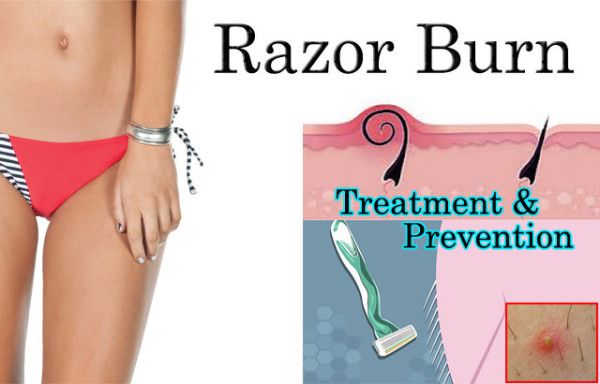
- Antihistamines are used to treat allergic reactions and reduce itchiness and irritation. An example of this type of drug is diphenhydramine (Benadryl).
Prescription medications
- Steroid cream or ointment can reduce itching and treat inflammation. They can work for most rashes, including lichen sclerosus, contact dermatitis, heat rash, intertrigo, and psoriasis.
- Corticosteroid ointments or creams may be used for lichen sclerosus. You may need to continue using the medication for about 3 months to help prevent a recurrence.
- Oral steroids can reduce inflammation in severe cases of rash.
- Oral antibiotics help fight bacterial infection.
- Immunomodulators can keep your immune system from overacting to allergens. They can be used to treat severe cases of allergen contact dermatitis.
- Antibiotic cream can fight bacterial infection. This may be prescribed for intertrigo, folliculitis, and incontinence.
- Antifungal cream can help with fungal infection.
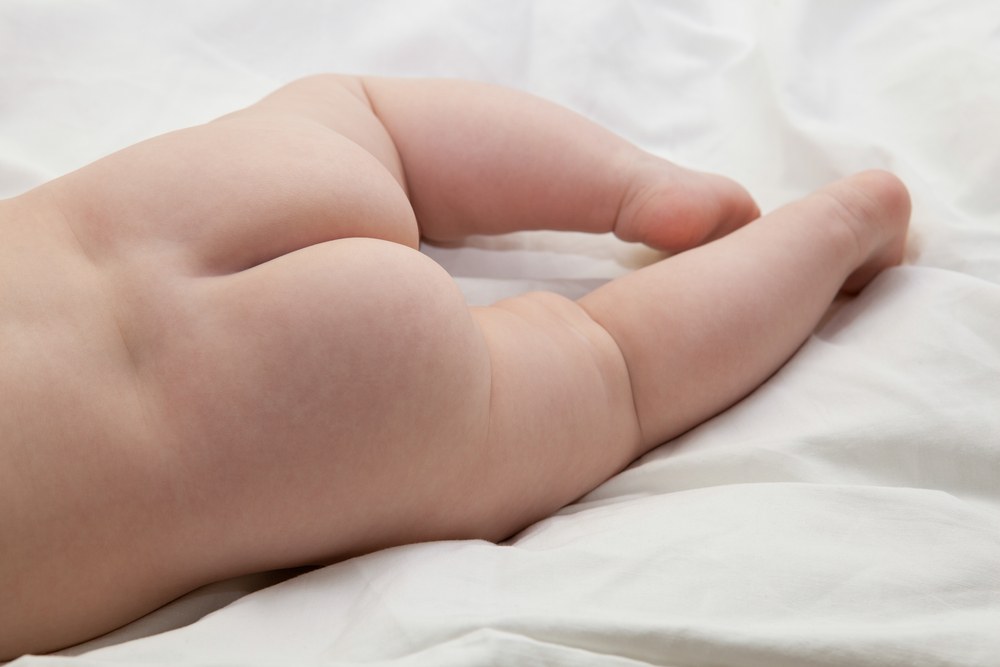 This can be used to treat intertrigo, yeast infection, and ringworm.
This can be used to treat intertrigo, yeast infection, and ringworm. - Oral antivirals can be used for shingles to reduce the duration and severity of symptoms. They may also be prescribed for herpes to help sores heal sooner, minimize the chance of spreading the virus, and reduce the frequency of outbreaks.
- Retinoid creams can decrease inflammation and may be used to treat psoriasis and lichen sclerosus.
- Drugs that alter the immune system are used for severe psoriasis.
If you have psoriasis, a doctor may also prescribe medication to slow skin cell growth, including:
- topical synthetic vitamin D, which may be applied to the skin
- anthralin
- methotrexate
Depending on which type of butt rash you’re experiencing, there may or may not be steps you can take to prevent future outbreaks. Here are a few tips to prevent problems before they arise:
- Consider a fragrance-free laundry detergent.
- Opt for a gentle, soap-free, fragrance-free cleanser.
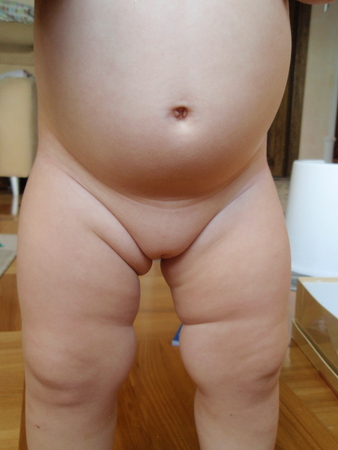
- Avoid wool and other itchy fabrics.
- Wear loose-fitting clothing to prevent friction.
- Try using a gentle moisturizer regularly.
- Use a moisture barrier ointment, such as petroleum jelly, to prevent friction.
- Choose antiperspirants to prevent excess moisture. However, deodorants can sometimes cause allergic skin reactions.
- Avoid harsh chemicals or other known irritants.
- Always shower and change into clean clothes after exercising.
- Avoid reusing sweaty clothes left in a gym bag.
There are many conditions that can lead to butt rash. However, many natural and OTC treatments are available that you can use to find relief. If your rash doesn’t go away, talk with a doctor.
Causes, Remedies, Treatment, and Pain Relief
General symptoms of a rash on the butt can include:
- tiny bumps or dots on the buttocks
- blisters in the anal area
- itching that gets worse when you scratch it
- irritated, swollen patches of skin
- blisters or bumps that leak fluid and get crusty
- scaly patches of skin on the buttocks
- irritation between the butt cheeks
- pain and itching around the anus
- acne-like pimples on the buttocks
- sore spots that are tender to the touch
- spots that appear red, skin-colored, or slightly lighter or darker than your skin color
Butt rashes can be caused by irritation, infections, viruses, allergies, or other health conditions.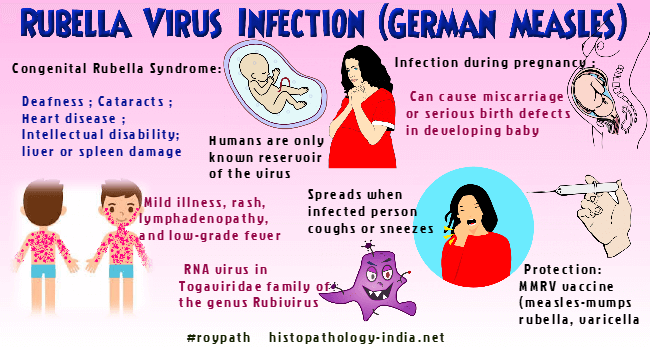 Here are a few of the common causes of rash on your buttocks:
Here are a few of the common causes of rash on your buttocks:
Contact dermatitis
Contact dermatitis is a common type of rash. It appears when your skin comes into contact with a substance that causes irritation to the skin. Some contact dermatitis rashes appear immediately, but most take some time to appear.
Contact dermatitis symptoms
There are two types: allergic contact dermatitis and irritant contact dermatitis. Common symptoms of both can include:
- swelling
- severe itching
- dry, scaly, or cracked skin
- bumps and blisters
- oozing, crusty skin
- pain, burning, or tenderness
Common allergens and irritants can include:
- plants, such as poison ivy and poison oak
- medications, such as antibiotics or antihistamines
- chemical additives, including food flavorings, cosmetics, and perfumes
- cleaning products, such as soaps or laundry detergents
- bath or personal care products, including lotions, shampoo, soaps, and sunscreen
- fertilizers and pesticides
Atopic dermatitis (eczema)
Atopic dermatitis, which is generally known as eczema, is a chronic skin condition that causes itchy, dry skin.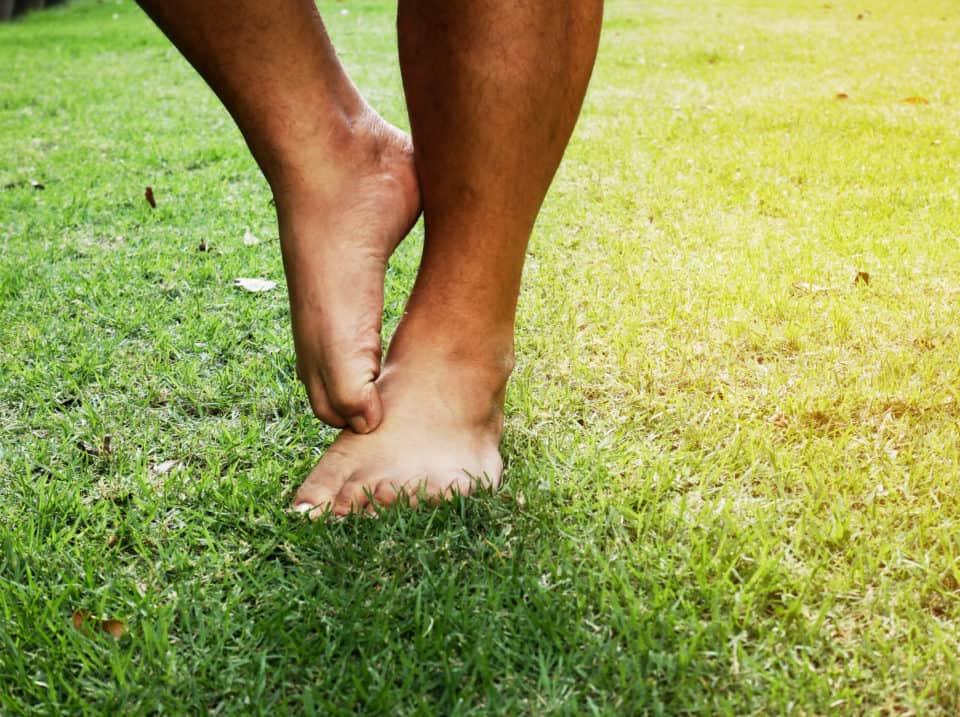 Atopic dermatitis is the most common form of eczema and is often simply referred to as eczema. Eczema is most common in babies and children, but it can begin at any age.
Atopic dermatitis is the most common form of eczema and is often simply referred to as eczema. Eczema is most common in babies and children, but it can begin at any age.
Although eczema can cause rashes on the buttocks, rashes are typically seen:
- on the face
- on the elbows
- on the hands and feet
Atopic dermatitis symptoms
Symptoms can include:
- dry, itchy patches of skin
- skin that weeps clear liquid when scratched
- crusty, scaly skin
- skin that swells and itches more after scratching
- in lighter skin tones, it can appear red, and in darker skin tones, patches of eczema may be red, pink, magenta, or darker than surrounding skin
Heat rash
Heat rash is a common skin irritation that causes rash and stinging. Your skin may feel prickly or itchy, and small bumps may form. Heat rash occurs most often in hot, humid weather. Heat rash can also happen any time you sweat a lot.
Heat rash can appear red on lighter skin tones, and on darker skin tones, it may look like a series of gray or white spots.
When sweat gets trapped under your skin, it can clog up pores and causes small pimples to form. It typically occurs on parts of your body where skin rubs against skin, such as along your butt crack or inner thighs.
Genital herpes
Genital herpes is a common sexually transmitted virus that can cause rash-like symptoms on your buttocks, anus, or thighs. Herpes can be transmitted through any type of sexual contact, including vaginal, oral, or anal contact.
Rash symptoms originate in the place where the infection entered your body but can spread when you scratch them. Symptoms can include:
- pain or itching in your genital and anal area
- small, discolored bumps that may range in size
- small blisters filled with fluid
- ulcers from ruptured blisters that may ooze and bleed
- scabs that form as ulcers heal
Keratosis pilaris
Keratosis pilaris is caused by a buildup of keratin on the skin. Keratin is a protein that protects your skin from harmful irritants and infections.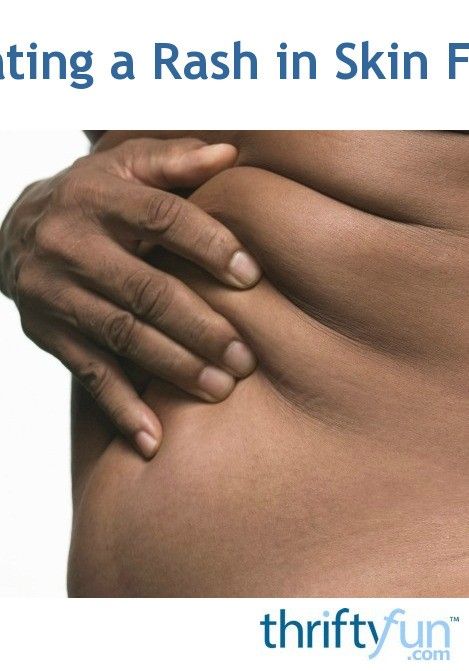
In people with keratosis, keratin forms a plug that blocks the openings of hair follicles. This causes rough, sandpaper-like skin. Tiny red bumps may form on the buttocks, though they’re typically painless.
Shingles
Shingles is an infection caused by the same virus that causes chickenpox. After you have chickenpox, the inactive virus remains in your body for years and can reactivate in adulthood. It typically appears as a painful rash on one side of the body. The rash may include:
- numbness, burning, pain, or tingling
- tenderness to touch
- discoloration, which may appear as redness on light skin tones and the same color as the skin or darker on melanated skin
- blisters that break, causing crusty skin
- itching
You may also experience fatigue, general feelings of malaise, and fever.
Intertrigo
Intertrigo is a rash that forms in the folds of the skin. When skin rubs against skin, it causes friction and creates a warm, moist environment that’s ideal for fungal and bacterial growth.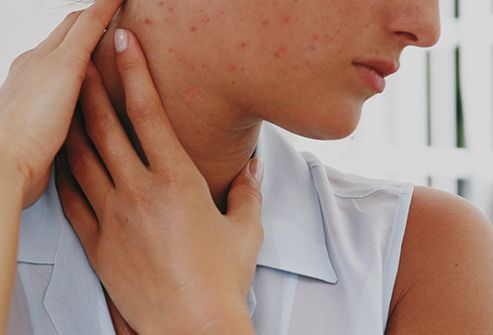
Intertrigo is common in the skin between the buttocks (butt crack), which can become very raw, itchy, and painful. It may appear red or reddish-brown, and in severe cases, the skin can crack, bleed, and produce a foul odor.
Psoriasis
Psoriasis is a chronic, autoimmune skin condition. When you have psoriasis, your immune system mistakenly attacks your skin cells, causing them to grow rapidly and swell. The skin cell overgrowth forms a rash characterized by raised red marks and scaly white patches. People with psoriasis may experience flare-ups in which the disease returns in between periods of remission, when the disease temporarily recedes.
Psoriasis tends to appear pink or red on those with light or fair skin tones, and the scales can appear silvery white. On medium skin tones, it can appear salmon-colored with silvery-white scales. On darker skin tones, psoriasis may look violet, and the scales may look gray. Or it can also appear dark brown and be difficult to see.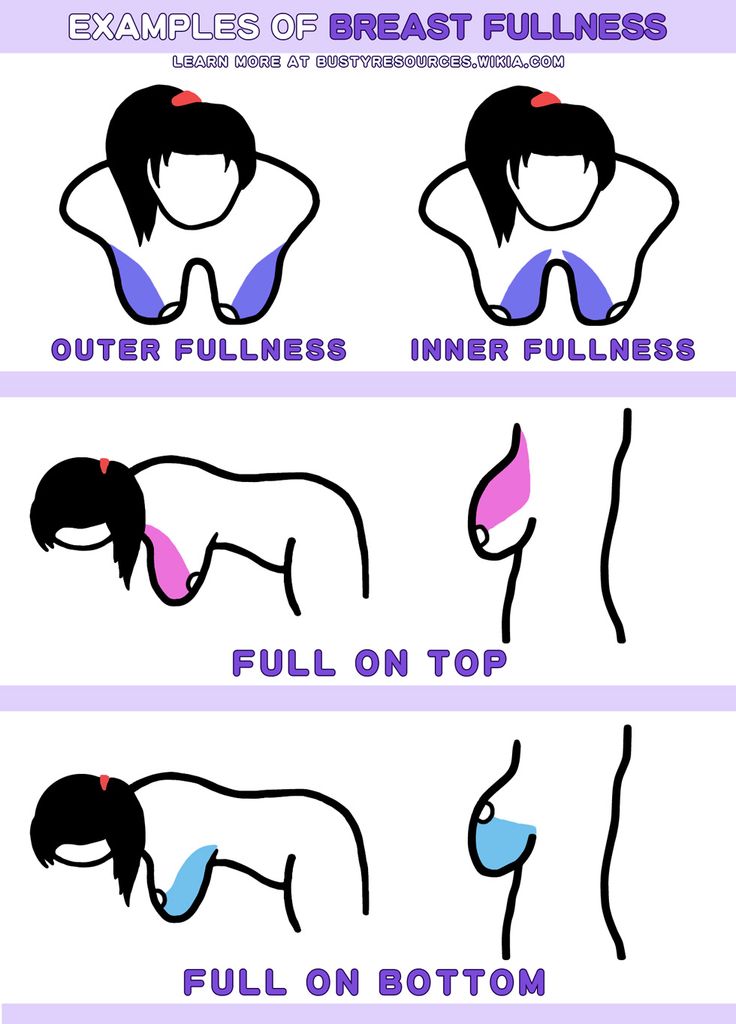
Psoriasis can cause a rash anywhere on the body, including on the buttocks. You may have patches of raised skin that look cracked, scaly, and rough.
Ringworm (jock itch)
Ringworm is a fungal infection that can affect the skin of several different parts of the body, including the following:
- groin
- thighs
- genitals
- butt
It can affect people of all ages. Ringworm, which gets its name from the circular rash it produces on the skin, is often called jock itch or athlete’s foot, depending on its location.
Symptoms include:
- on lighter skin, the rash can appear red, flaky, or scaly, and on darker skin, the rash might appear gray or brown
- ring-shaped, circular rash
- scaly or cracked skin
- hair loss
Lichen sclerosus
Lichen sclerosus is a skin condition that most often affects the genital and anal are but can affect other areas too. It’s most common among people who are postmenopausal, but it can affect people of all ages and genders.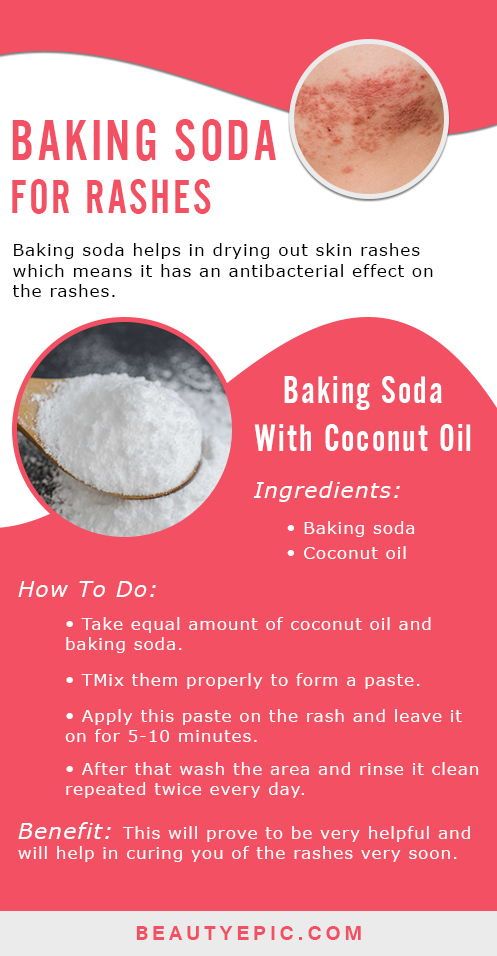
Symptoms include:
- smooth, shiny, white spots
- bruising, scales, or cracking
- skin that’s thin and wrinkled or easy to tear
- bleeding and blistering
- itchiness and pain
- pain during urination, sex, or bowel movements
Folliculitis (butt acne)
People often mistake butt acne for regular acne. Pimples on your butt don’t form in clogged pores like facial acne. Instead, they form in clogged hair follicles.
In people with folliculitis, hair follicles become infected after being irritated, usually by friction or shaving. If you notice small, painful pimples on your butt or groin, it may be a symptom of folliculitis, and the bumps may contain bacteria.
These bumps can appear red on lighter skin tones. They may appear similar in color to surrounding skin or may appear brown on skin of color. They may be also itchy and form whiteheads.
Candida (yeast) skin infection
Candida is a fungus that frequently infects the skin, often in warm, moist areas such as the buttocks and groin.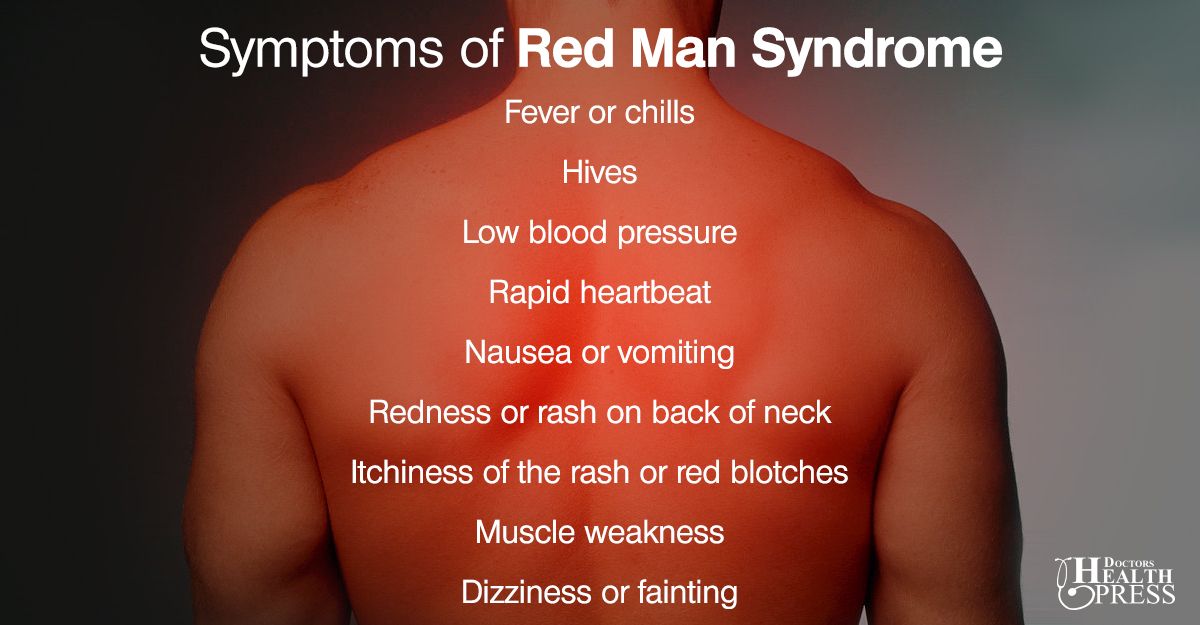 Candida is the most common cause of diaper rash in babies and adults.
Candida is the most common cause of diaper rash in babies and adults.
People who have diabetes, who have obesity, or who are taking antibiotics are at an increased risk. Yeast infections of the skin can occur in people of all ages and genders.
Symptoms include:
- intense itching
- reddish skin rash that grows
- red small bumps that look like pimples
Incontinence
People who have difficulties with bladder and bowel control may develop butt rashes. This is particularly true of people who wear diapers, who are immobile, or who use a wheelchair for long periods of time.
Excess moisture between the buttocks and in the groin area provides an ideal environment for bacterial and fungal growth. Symptoms of incontinence-associated dermatitis can include:
- redness and irritation
- peeling
- pimply rash
- rawness
Butt rashes aren’t usually a symptom of anything dangerous. Typically, rashes clear up on their own after a few days or weeks, but sometimes they may require medical treatment. The American Academy of Dermatology recommends consulting a doctor about a rash when:
The American Academy of Dermatology recommends consulting a doctor about a rash when:
- the rash is sudden and spreads quickly
- the rash covers your entire body
- you have a fever with your rash
- you have blisters on your genitals or anus
- the rash is painful
- the rash starts to look infected, which may include yellow or green fluid, red streaks, or painful swelling
Dermatologists can often identify a rash on sight. A dermatologist is a doctor who specializes in skin health. A doctor will do a physical exam and look at the rash. They might also:
- take a tissue sample or culture
- take a sample of your blood
- ask about your medical history and allergies
- perform a patch test to see how your skin reacts to various irritants
There are some natural remedies and herbal remedies that you may be able to use to find immediate relief, and, in some cases, treat your rash.
Home remedies
- Tea tree oil can have antibacterial and antifungal effects when applied directly to a rash.
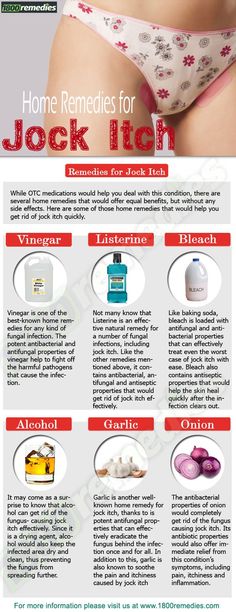 You can try it for yeast infections and folliculitis.
You can try it for yeast infections and folliculitis. - German chamomile tea can be ingested or applied as a compress to treat dermatitis. It can reduce itchiness and inflammation and may speed up healing.
- Any gentle, fragrance-free moisturizer can be applied liberally to itchy, dry skin.
- Coconut oil is a great natural moisturizer with antimicrobial (infection fighting) properties. You can typically apply it directly to your rash.
- Oatmeal has natural soothing, moisturizing, and anti-inflammatory properties. You can try mixing ground oatmeal into a cool bath, or mix it into a paste and apply it directly to your rash.
- Aloe vera can sooth, moisturize, and decrease itchiness.
- Witch hazel can be applied directly to your rash to sooth irritated skin, speed up healing, reduce itchiness, and even help prevent infection.
- Menthol is an essential oil derived from Japanese mint. It has soothing, anti-itch properties.
- Honey may help fight infection in open sores.
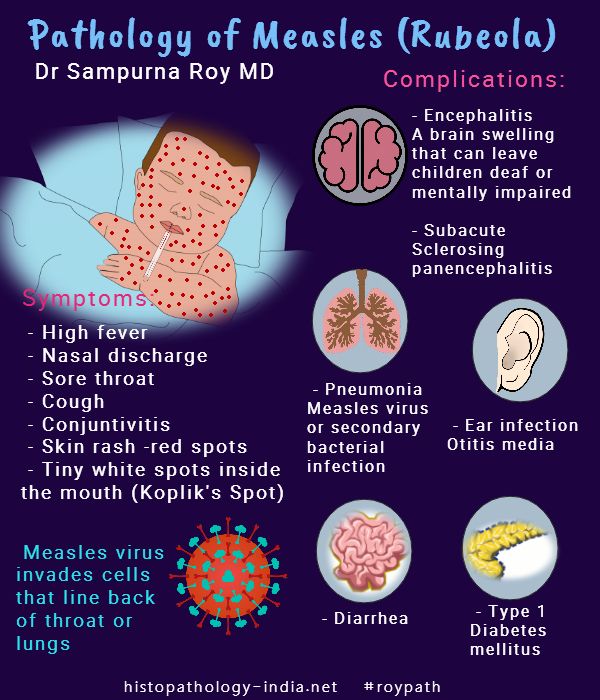
Treatments for butt rash vary depending on the underlying condition. In some cases, you might be able to use over-the-counter (OTC) medications. For other conditions, you may need a prescription from a doctor.
OTC medications
- Hydrocortisone cream is a mild steroid cream that is suitable for many types of rashes. It can reduce redness, itchiness, and inflammation. Common brand names include Cortizone 10.
- Antifungal creams, powders, and sprays can be used to treat fungal infections such as ringworm, intertrigo, and yeast infections. They can help reduce itchiness, burning, and cracking skin. Medications include clotrimazole (Lotrimin, Cruex, Desenex) and miconazole nitrate (Monistat).
- Antibiotic creams and ointments can help fights bacterial infections. A common brand is Neosporin. This treatment works for folliculitis.
- Anti-inflammatory pain relievers such as ibuprofen (Advil, Motrin) and naproxen (Aleve) can help reduce swelling and pain.
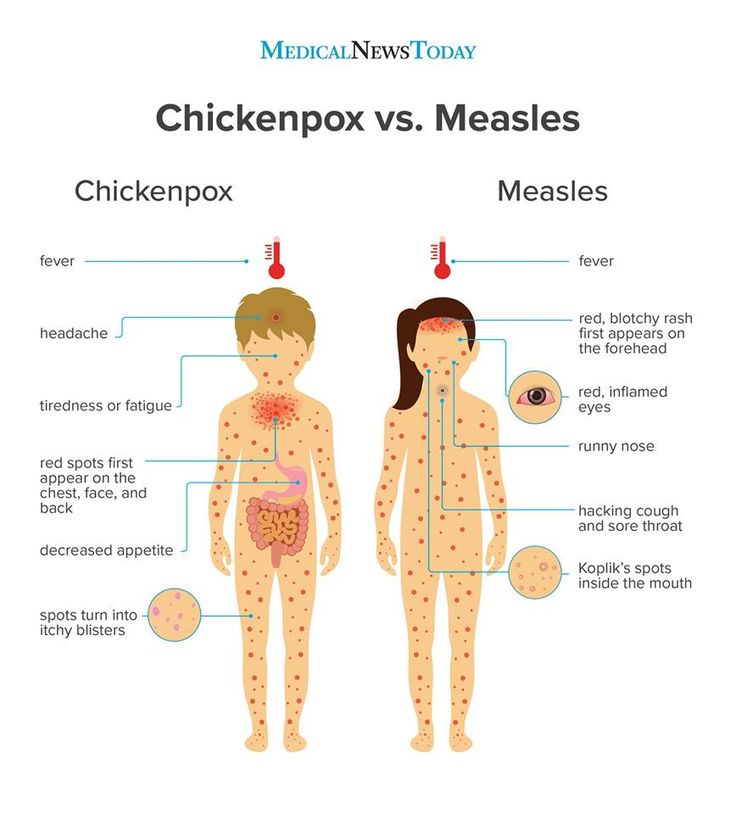
- Antihistamines are used to treat allergic reactions and reduce itchiness and irritation. An example of this type of drug is diphenhydramine (Benadryl).
Prescription medications
- Steroid cream or ointment can reduce itching and treat inflammation. They can work for most rashes, including lichen sclerosus, contact dermatitis, heat rash, intertrigo, and psoriasis.
- Corticosteroid ointments or creams may be used for lichen sclerosus. You may need to continue using the medication for about 3 months to help prevent a recurrence.
- Oral steroids can reduce inflammation in severe cases of rash.
- Oral antibiotics help fight bacterial infection.
- Immunomodulators can keep your immune system from overacting to allergens. They can be used to treat severe cases of allergen contact dermatitis.
- Antibiotic cream can fight bacterial infection. This may be prescribed for intertrigo, folliculitis, and incontinence.
- Antifungal cream can help with fungal infection.
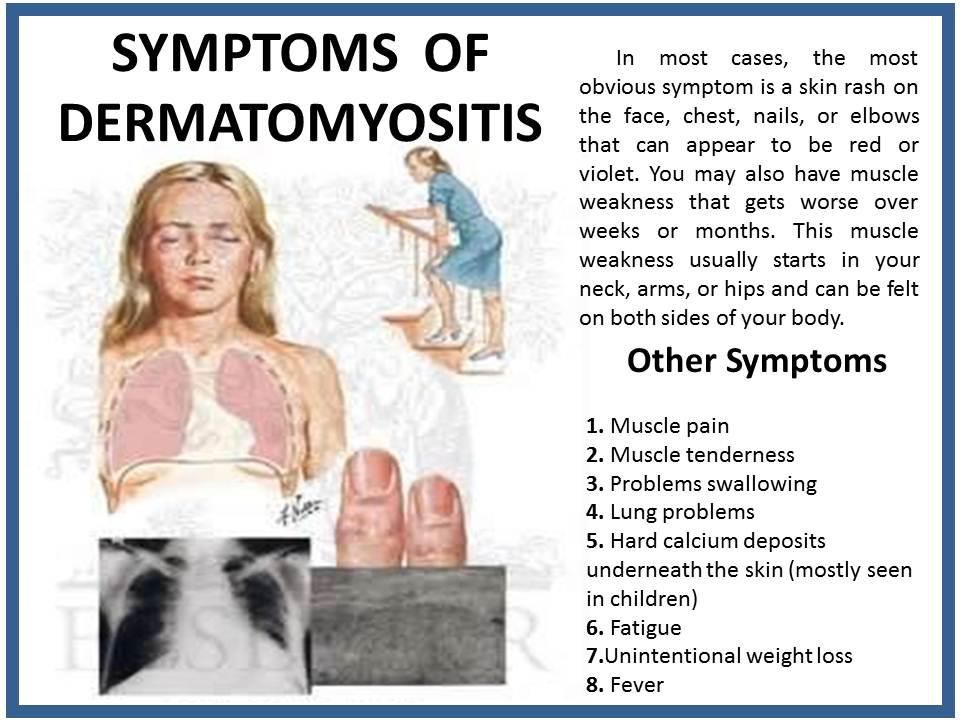 This can be used to treat intertrigo, yeast infection, and ringworm.
This can be used to treat intertrigo, yeast infection, and ringworm. - Oral antivirals can be used for shingles to reduce the duration and severity of symptoms. They may also be prescribed for herpes to help sores heal sooner, minimize the chance of spreading the virus, and reduce the frequency of outbreaks.
- Retinoid creams can decrease inflammation and may be used to treat psoriasis and lichen sclerosus.
- Drugs that alter the immune system are used for severe psoriasis.
If you have psoriasis, a doctor may also prescribe medication to slow skin cell growth, including:
- topical synthetic vitamin D, which may be applied to the skin
- anthralin
- methotrexate
Depending on which type of butt rash you’re experiencing, there may or may not be steps you can take to prevent future outbreaks. Here are a few tips to prevent problems before they arise:
- Consider a fragrance-free laundry detergent.
- Opt for a gentle, soap-free, fragrance-free cleanser.

- Avoid wool and other itchy fabrics.
- Wear loose-fitting clothing to prevent friction.
- Try using a gentle moisturizer regularly.
- Use a moisture barrier ointment, such as petroleum jelly, to prevent friction.
- Choose antiperspirants to prevent excess moisture. However, deodorants can sometimes cause allergic skin reactions.
- Avoid harsh chemicals or other known irritants.
- Always shower and change into clean clothes after exercising.
- Avoid reusing sweaty clothes left in a gym bag.
There are many conditions that can lead to butt rash. However, many natural and OTC treatments are available that you can use to find relief. If your rash doesn’t go away, talk with a doctor.
Pimples on the face [acne, rashes] - causes and types of acne in adolescents and adults
1/20
Irina Maryanova
I did not expect such a result from Normaderm! The skin is already smoother, more tender in the morning, as if after a salon procedure! It contains acid and vitamin C, so I cover it with sunscreen in the morning.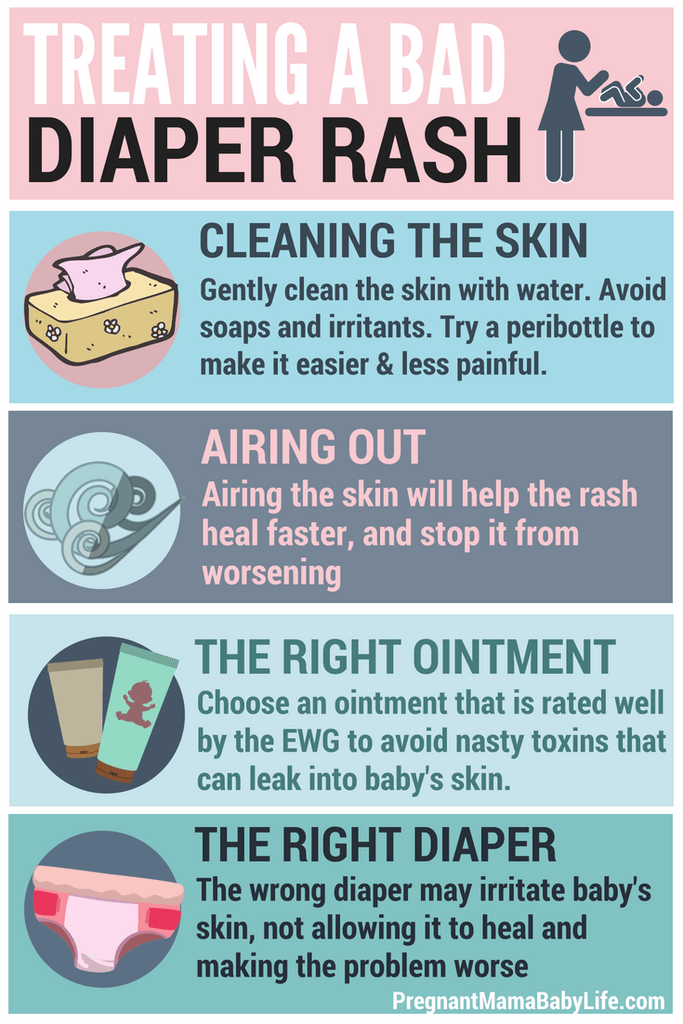 I definitely recommend this cream!
I definitely recommend this cream!
2/20
Veronica Krysina
How it differs from Normaderm
3/20
Nadezhda Khresticheva
I often used to buy normal Normaderm, but I'm already 33 years old and decided to try this one) I liked it very much! Light, but well moisturizes and mattifies very decently!
4/20
Ekaterina Kuznetsova
For combination skin with the first age-related changes, this is perhaps the first cream. Gorgeous in the spring-summer period, in the autumn-winter period I close the Mineral89 serum with it and it's also great. Really matte, not overdry, perfect for make-up. Overall skin quality has improved. nine0003
5/20
Victoria Burnusuzyan
Super cream, perfect fit. Does not cause irritation, moisturizes and mattifies well. I really liked it. The skin after application is velvety
6/20
Elena Zagoruiko
A cream that combines the necessary functions right away - it works with oily, prone to inflammation skin, and moisturizes skin 30+, which many other creams that fight "manifestations" do not do imperfections," as skincare manufacturers delicately call it. nine0037 At first I took the usual Normaderm, it is also good, but still unnecessarily dries the skin, which has already been affected by age-related changes. And this cream is what you need.
nine0037 At first I took the usual Normaderm, it is also good, but still unnecessarily dries the skin, which has already been affected by age-related changes. And this cream is what you need.
I liked the product, I approve and recommend it.
7/20
Olga Novikova Novikova
For combination skin with rare rashes, it fits perfectly. I apply a thin layer after washing. Mattifies, not greasy, light. Haven't tried it under make-up yet, but I think it will work well.
8/20
Natalia Panina
The cream is perfectly absorbed, mattifies and evens out skin tone. I use the cream at night, the inflammation disappears very quickly, literally overnight the pimples disappear. Very satisfied with the cream. I recommend.
9/20
Ekaterina Rozova
I liked it very much, matte. Evens out tone.
10/20
Ekaterina Kuznetsova
Perhaps the only cream for aging + combination skin. This is my second time buying this cream.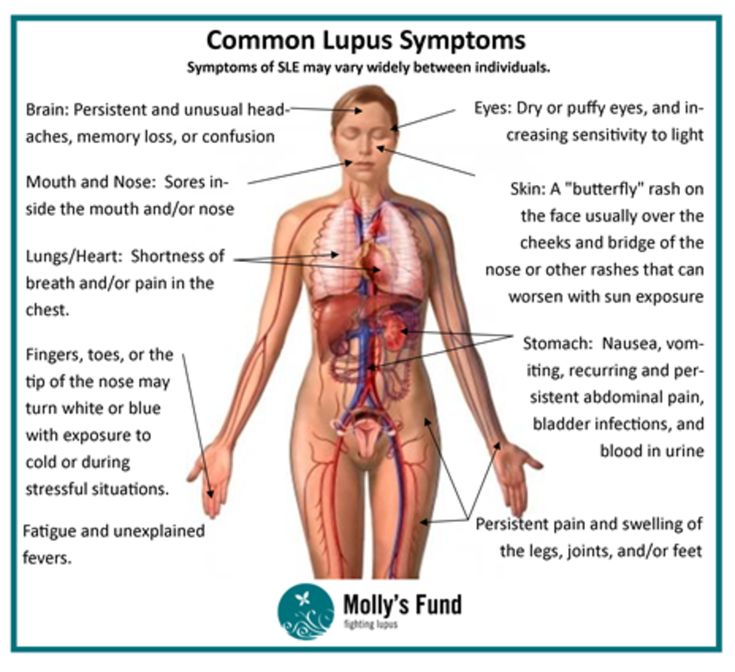 The cream is light, well distributed, not sticky, quickly absorbed. The skin is not oily for a very long time, moisturized, slightly tightened, make-up fits perfectly. Under it I use Mineral89 serumThe two of them work great together. The cream lasts for a long time, up to 7 months of use.
The cream is light, well distributed, not sticky, quickly absorbed. The skin is not oily for a very long time, moisturized, slightly tightened, make-up fits perfectly. Under it I use Mineral89 serumThe two of them work great together. The cream lasts for a long time, up to 7 months of use.
11/20
Albina Babikova
Do I need to use SPF protection after using this cream in the morning (since there are acids in the composition)?
12/20
Tatyana Gerasimova
I've been using this miracle cream for a week. Just a week! And the skin has already become tender, soft, matte! I recommend to try
13/20
Oksana Logvinyuk
The skin after the cream is well-groomed, the pores narrow and very good! The skin color is smoother and the make-up fits perfectly on it (but you need to give it time to soak in)!)
14/20
Irina Aleksinskaya
I use it in the morning and in the evening. The cream is light, quickly absorbed, economical consumption.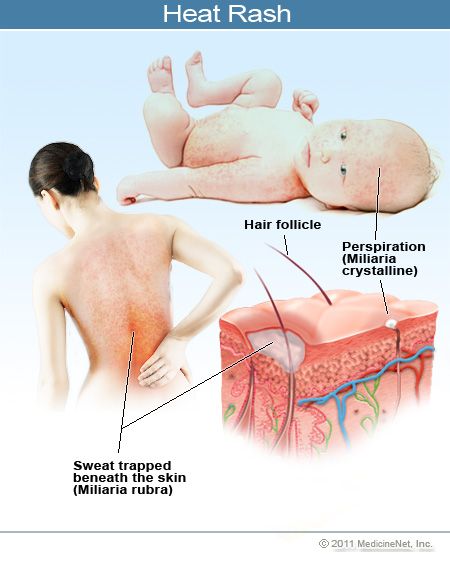 The skin is very soft, looks healthy, pimples have disappeared. The cream fit perfectly, I like it very much. I will definitely buy more, I recommend.
The skin is very soft, looks healthy, pimples have disappeared. The cream fit perfectly, I like it very much. I will definitely buy more, I recommend.
15/20
SolomkoEvgenia Evgenia
Excellent summer cream, fresh smell, mattifies the skin, convenient packaging. The number of imperfections has been noticeably reduced.
16/20
Natalia Fedorets
Absorbs well, not greasy. I can’t say that I got rid of acne and wrinkles (but I also use it, to be honest, not every day), but it mattifies the skin, does not cause irritation, does not roll off, the sensations after it are pleasant, and I don’t expect more. Compared to Slow Age day cream, I opted for this cream, combination skin.
17/20
Svetlana Yashina
The cream is excellent. The skin is not greasy. It absorbs quickly. The skin after it is pleasant. As such, I don’t have acne and everything else, so I can’t fully evaluate the effect. But the texture of the cream is excellent.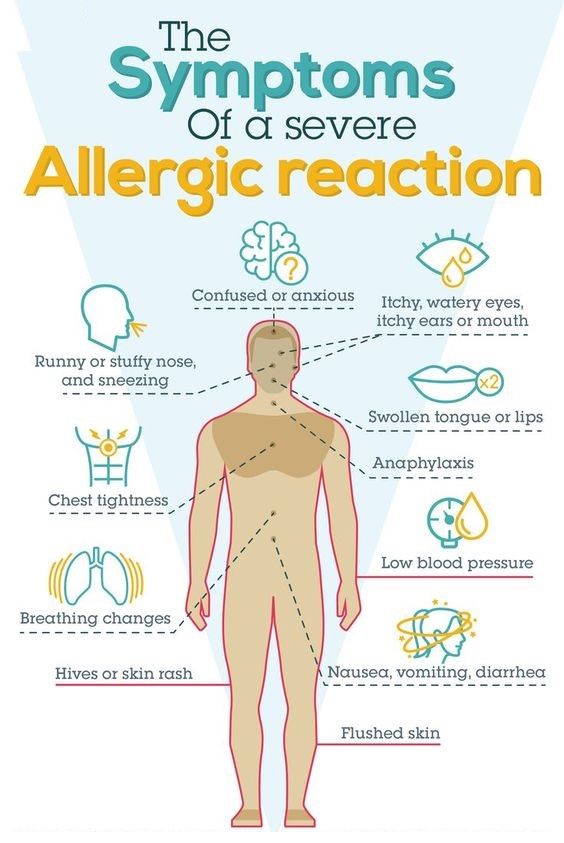 nine0003
nine0003
18/20
Lera Cherkizova
I use it both in the evening and during the day:) the skin with it has become of amazing quality! no traces of inflammation, pores are reduced. The texture is very light, quickly absorbed, ideal for make-up.
19/20
Christina Schwartz
Very good cream, I have been using it for more than a year! I was advised by a dermatologist and all acne disappeared immediately! I advise everyone and inexpensive!
20/20
S***s
The very first product from the Vichy series that I decided to try. The result pleasantly surprised me. The skin became smooth, even, acne and even traces of them disappeared. The skin has stopped peeling. The texture of the cream is light, pleasant, non-greasy. Fits well. Doesn't open up pores which is great. I don’t know how anyone, everyone’s skin is different, but this cream suited me perfectly. I have been using it for half a year (by the way, the cream is consumed very economically) and now I will definitely use it in the future.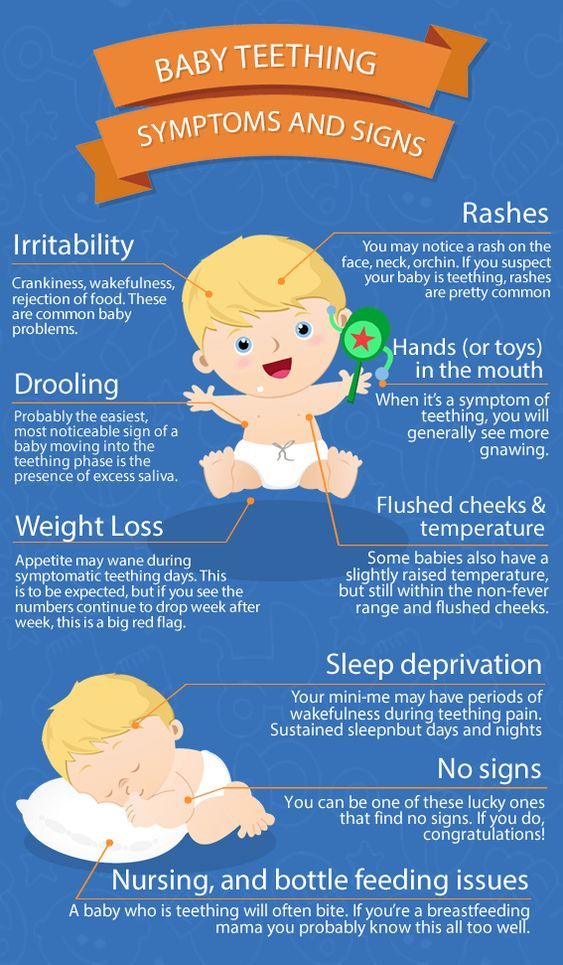 nine0003
nine0003
Rash in a child on legs and arms
RASH IN A CHILD ON LEGS AND HANDS WITHOUT TEMPERATURE, WITH TEMPERATURE, ITCHING, NOT ITCHING
Children are the most beloved, defenseless people. It is from adults that the health of the baby sometimes depends. They need our attention first and foremost. The skin of children is still imperfect and very susceptible to various infections. So, the appearance of a rash on the arms and legs can be an innocent manifestation, or it can be a signal of a dangerous disease. Below we will consider for what reason a rash may appear in a child and how to act in this situation. nine0003
Rash - what is it?
What is such a phenomenon? A rash is a pathological change in the skin, mucous membranes, which differ from normal skin in appearance, structure, color. It can be primary and secondary, that is, appear on the site of previous rashes. The combination of primary and secondary elements determine the picture of the rash in the disease. This may be a reaction to some kind of allergen, or it may turn out that the rash is a sign of a disease. nine0003
This may be a reaction to some kind of allergen, or it may turn out that the rash is a sign of a disease. nine0003
Species
It turns out that rashes are of different nature and type. Allocate primary and secondary rashes. Such a rash occurs in a child on the legs and arms:
- Tubercles - do not have a cavity, are located deep in the dermis, up to 1 cm in diameter. At the same time, the color and texture of the skin is excellent. They can leave scars behind, develop into ulcers.
- Blisters - without a cavity, have a blurred outline and pink color. Appear due to swelling of the papillary dermis. Pass without a trace, itchy. nine0144
- Papules or nodules - no cavity. May or may not be inflamed, discolored. Pass without leaving traces
- Bubbles - have a bottom, a cover, a cavity. After they are opened, erosion can form.
- Pustules or pustules - have pus inside. May be superficial or deep.
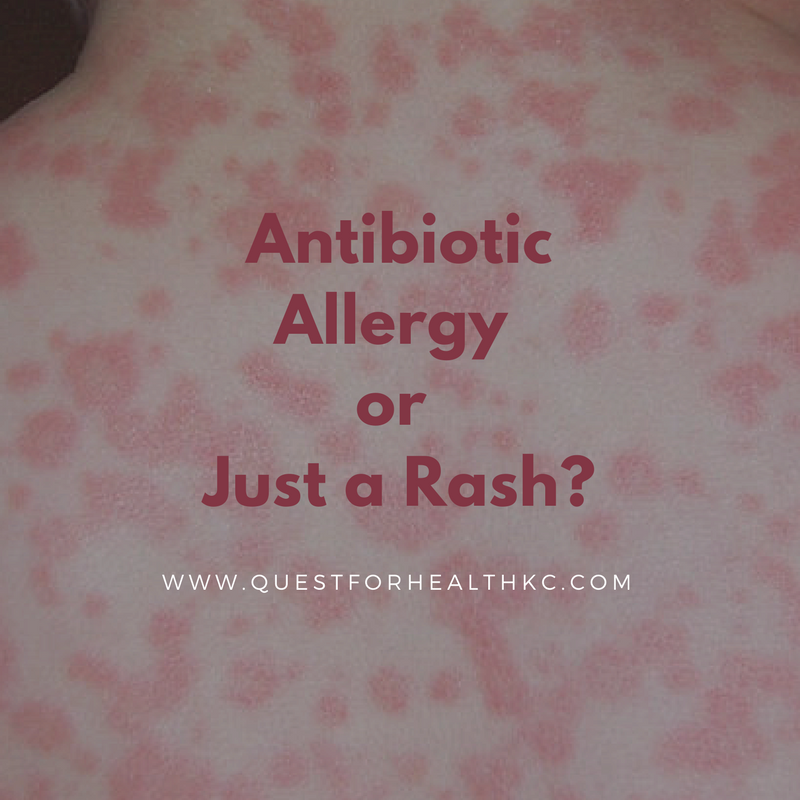
- Roseola is irregularly shaped patches of pink. When the skin is stretched, the stain disappears. nine0144
If the rash appears a second time, it may form:
- Scars.
- Abrasions.
- Cracks.
- Scales.
- Erosions.
- Ulcers.
Diagnosis
If a child has a rash on his legs and arms, you should immediately seek help from a pediatrician and a dermatologist. First, the doctor must carefully examine:
- View. nine0143 Form.
- Colour.
- Quantity.
- The nature of the rash.
- The location of the rash is also important.
Next, it turns out:
- Presence or absence of a feverish state.
- What infectious diseases have been transferred.
- What are the hereditary diseases.
- Tendency to allergies.
- Light sensitivity.
As a rule, a rash is not the main disease, but is a symptom of some disease.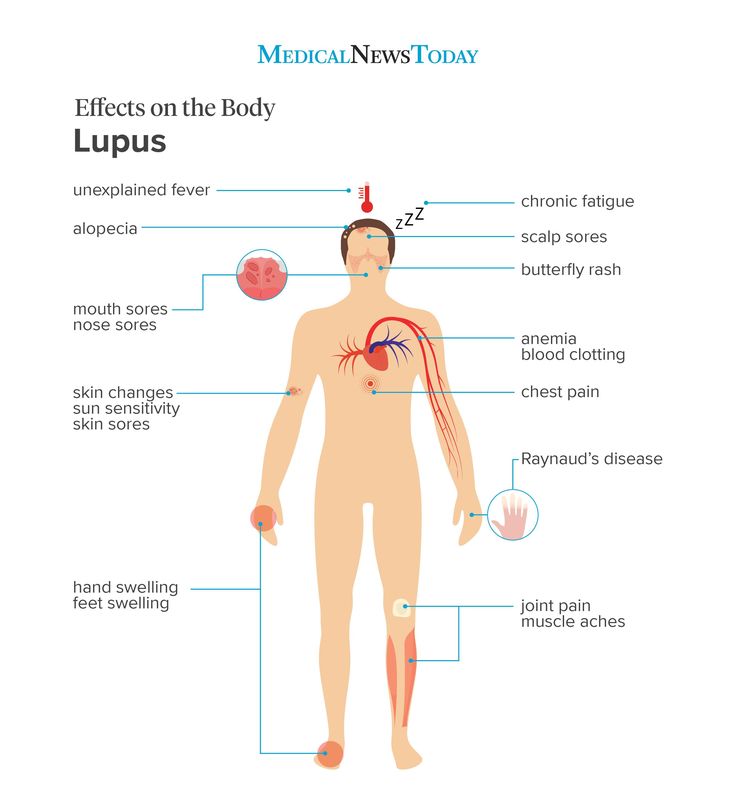 It acts as a sign that a failure has occurred in the body. To determine the cause of such a manifestation, the doctor prescribes tests. First of all - a blood and urine test. It is also possible to analyze the secretion of abscesses. After examination and analysis, the doctor prescribes treatment. What could be the reasons why a child has a rash on his legs and arms? nine0003
It acts as a sign that a failure has occurred in the body. To determine the cause of such a manifestation, the doctor prescribes tests. First of all - a blood and urine test. It is also possible to analyze the secretion of abscesses. After examination and analysis, the doctor prescribes treatment. What could be the reasons why a child has a rash on his legs and arms? nine0003
Sources of the problem
For a child's body, a rash is a very important symptom of some diseases, so it is important to consult a doctor. Its causes may be as follows:
- Allergic diseases.
- Infectious.
- Parasitic infections.
- Vascular and blood diseases.
- Violations of hygiene rules.
If the rash accompanies an infectious disease, the body temperature will certainly be elevated. There are other signs, these can be:
- Cough.
- Rhinitis.
- Sore throat.
Let's look at some diseases that are accompanied, in addition to the rash, also by fever.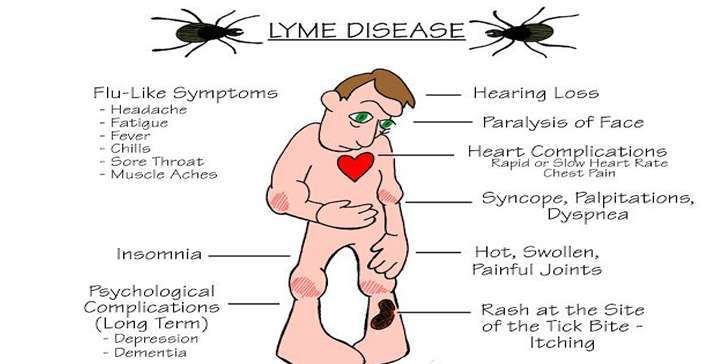
Rash with fever
When an infection enters the body, its first reaction is fever. Skin rashes may appear with or without fever. There are several infectious diseases, a sign of which is a rash. nine0003
This group includes:
- Chicken pox.
- Rubella.
- Scarlet fever.
- Measles.
- Enteroviral infection.
- Meningococcemia.
Each disease is characterized by its own characteristics of the spread of rashes. This is especially true for childhood diseases. Consider which of them causes a rash in a child on the legs and arms, as well as on the body and face.
Windmill
This disease is most common in children. She is not vaccinated. The first sign of this disease is the appearance of red spots, which very quickly turn into blisters. In addition to blisters on the face, head, body, the child also has a rash on the legs and arms. The temperature is elevated, for some time the baby may experience weakness, headache.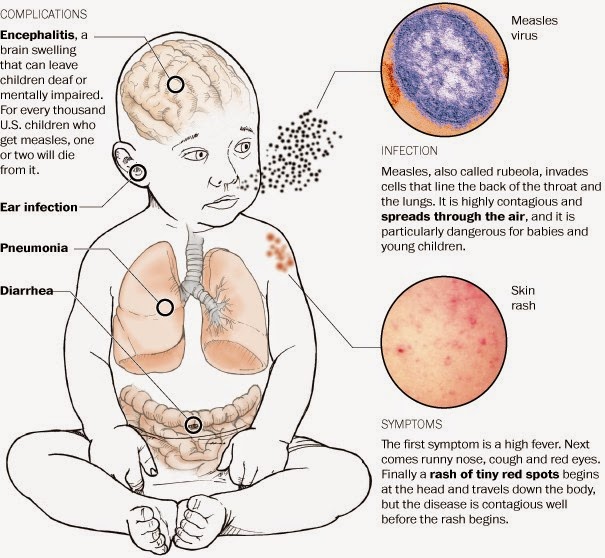
If the blister is torn off, scars remain. The main problem of this disease is that the rash on the child's arms and legs itches, there is a risk of infection. The doctor may prescribe medications to relieve itching. nine0003
Rubella
This disease comes with fever. In older children, joint pains, general intoxication are possible. Rashes are shown on the 1st day or on the second day. First - on the face, neck, torso, then a small rash spreads in the child on the arms and legs, mainly on the folds. The younger the child, the easier this disease proceeds. However, in adolescents, complications are possible, such as encephalitis, meningoencephalitis. This disease is especially dangerous for pregnant women, fetal malformations are possible. Vaccination is also prohibited for immunocompromised patients. However, rubella is milder than scarlet fever. nine0003
Measles
A dangerous infectious disease, easily transmitted through the air with little contact with the carrier of the infection
There is a vaccination against measles.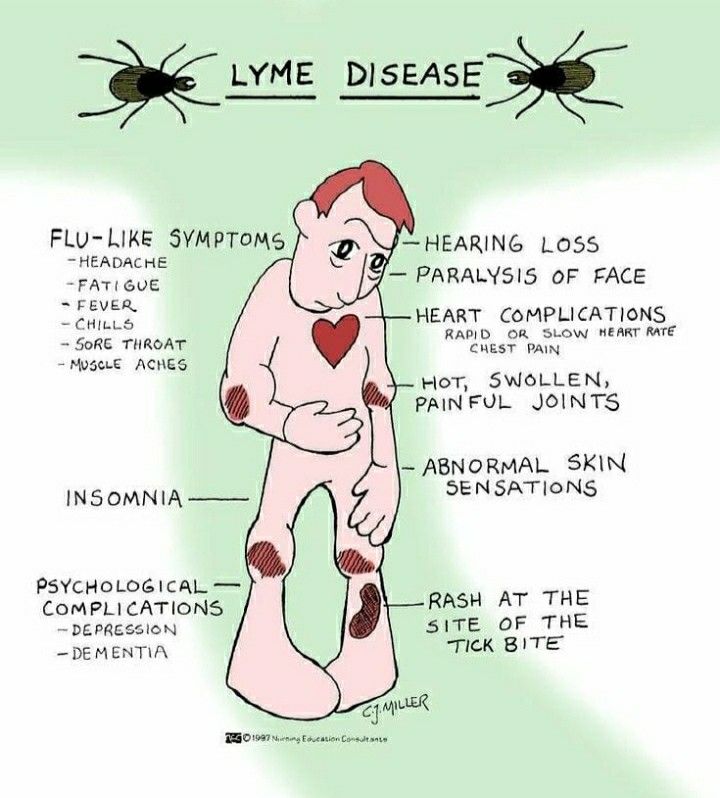 This disease is accompanied by intoxication of the body. There are symptoms characteristic of a cold - coughing, lacrimation, sneezing. The temperature rises to high values. Rashes begin with the buccal mucosa, then pass to the face, the entire body, to the extremities (in the form of papules that rise above the skin). Dangerous complications on the bronchi, can cause pneumonia. nine0003
This disease is accompanied by intoxication of the body. There are symptoms characteristic of a cold - coughing, lacrimation, sneezing. The temperature rises to high values. Rashes begin with the buccal mucosa, then pass to the face, the entire body, to the extremities (in the form of papules that rise above the skin). Dangerous complications on the bronchi, can cause pneumonia. nine0003
Scarlet fever
This is an infectious disease transmitted by airborne droplets through dirty hands and objects. It starts with a sore throat, chills. Then a small rash appears on the child's arms and legs with fever. Most often in places of bends of arms, legs. Then the rash spreads to the face, neck, torso. The source of the rash is streptococcus. The throat starts to hurt, which is very similar to a viral infection. Language is key to the definition. It will be crimson. As soon as the temperature begins to decrease, lamellar peeling of the skin of the hands and feet begins.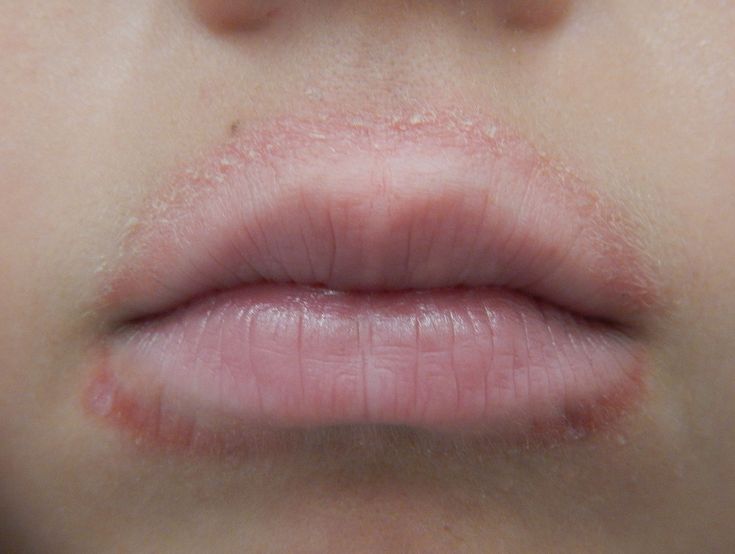 With this disease, it is very important to observe bed rest and drinking. Antibiotics are required for treatment. Possible complications in the heart and kidneys. nine0003
With this disease, it is very important to observe bed rest and drinking. Antibiotics are required for treatment. Possible complications in the heart and kidneys. nine0003
Enterovirus infection
Preschool children are susceptible to these diseases. A rash appears on the child's legs and arms without fever. She usually doesn't itch
The child may be healthy, or there may be an increase in temperature to insignificant values within one or two days. This is due to the imperfection, susceptibility of children's skin.
Meningococcemia
This is a very dangerous disease. The temperature rises to high values in a short period of time. A rash appears on the child's legs and arms (does not itch) in the form of irregularly shaped hemorrhages, and is also on the buttocks. If such rashes are detected, an urgent need to call a doctor and determine the child in intensive care. nine0003
Hemorrhagic vasculitis
This disease is characterized by a rash in a child on the arms and legs with fever, mainly in the folds.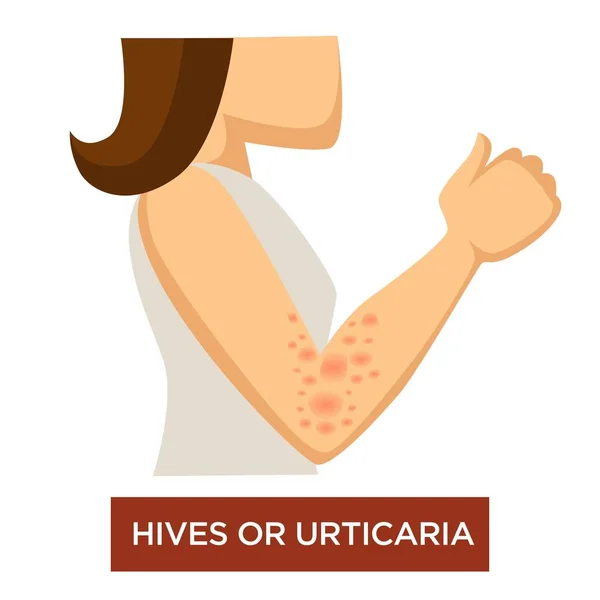 Initially, small blisters or lumps appear, then the rash turns red, takes on the color of rust and completely disappears. It is believed that the disease can be caused by allergies, trauma, and be the result of acute infectious diseases, such as tonsillitis, pharyngitis. Accompanied by fever, joint pain. With a lightning-fast course of this disease, a fatal outcome is possible. It is necessary to carefully consider the treatment. nine0003
Initially, small blisters or lumps appear, then the rash turns red, takes on the color of rust and completely disappears. It is believed that the disease can be caused by allergies, trauma, and be the result of acute infectious diseases, such as tonsillitis, pharyngitis. Accompanied by fever, joint pain. With a lightning-fast course of this disease, a fatal outcome is possible. It is necessary to carefully consider the treatment. nine0003
Rashes of non-infectious origin with itching
There are a number of diseases in which the rashes are very itchy. For example, with scabies, a child develops a rash on the legs and arms without fever, most often on the folds between the fingers. As a rule, it itches a lot, especially at night. Also, with helminthiases, rashes itch
The presence of a fungus on the skin in children is one of the causes of rashes in the form of blisters, erosions, red spots. Places of localization of the fungus, as a rule, on the legs, palms, feet, wrists. The rash spreads especially quickly on moist areas of the skin. It can be easily transmitted through contact with an infected object. Especially often infections occur in places where the environment is humid (shower, bathroom). The disease is accompanied by severe itching without fever. nine0003
The rash spreads especially quickly on moist areas of the skin. It can be easily transmitted through contact with an infected object. Especially often infections occur in places where the environment is humid (shower, bathroom). The disease is accompanied by severe itching without fever. nine0003
Small rash without itching
If a child has a small rash on the arms and legs, does not itch, it is possible that pseudotuberculosis is at the initial stage of development. This disease is transmitted by rodents - after contact with things to which they had access. This disease appears in children very rarely, but still it exists.
If a child was born with congenital syphilis, was infected in utero, the rash may appear from time to time without disturbing him. These are papules with a pustular core. Such rashes are not accompanied by itching and fever. Also, a small rash can be the result of a hereditary infectious disease, such as psoriasis. In children under 2 years of age, it is rare, but at an older age, the risk of development, having heredity, is quite possible.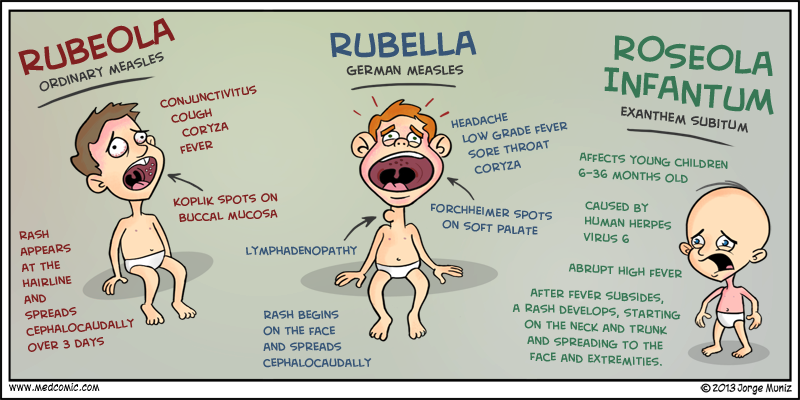 It begins with a small rash in the form of dry plaques of a round and oval shape of a red-pink color, peeling is noticeable on top. It spreads over vast areas of the skin, in the area of the knees, elbows, head - this is a characteristic sign of psoriasis. This rash does not itch. In infants, it may come and go, and in adulthood it may come back again. nine0003
It begins with a small rash in the form of dry plaques of a round and oval shape of a red-pink color, peeling is noticeable on top. It spreads over vast areas of the skin, in the area of the knees, elbows, head - this is a characteristic sign of psoriasis. This rash does not itch. In infants, it may come and go, and in adulthood it may come back again. nine0003
Allergic reaction
With allergic dermatitis, in addition to rashes on the face and trunk, a child may have a rash on the legs and arms. Photos clearly demonstrate the manifestation of an allergic reaction. Rashes can be present both on a small area of \u200b\u200bthe skin, and on an extensive one. As a rule, accompanying signs are peeling and severe itching. The body temperature remains within the normal range, intoxication of the body does not occur. Such a reaction is possible on food, household chemicals, drugs. If a child has allergies, you need to be extremely careful with allergens, exclude them from the diet if possible, as there is a risk of Quincke's edema.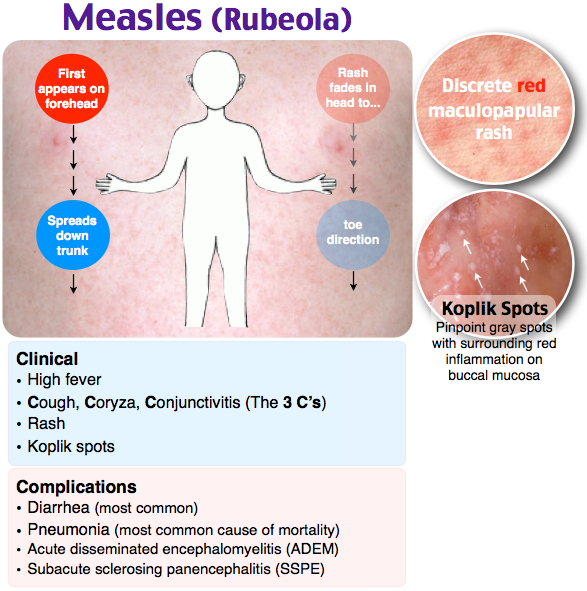 Possible respiratory arrest, swelling of the larynx. nine0003
Possible respiratory arrest, swelling of the larynx. nine0003
Urticaria - a small rash - may be a reaction to temperature factors, cold, sun.
What not to do if a child has a rash
First of all, it is strictly forbidden in situations where you have seen a rash on your baby's body:
- Squeeze out pustules.
- Break bubbles.
- Treat with brilliant green or other means until examined by a doctor.
- Self-medicate. nine0177
If the rash on the child's arms and legs is itchy, do not let him scratch it. If a rash is detected, it is necessary to limit contact with others, as the disease can be contagious. As we saw earlier, a rash can be an important symptom or result of a disease. An examination by a doctor is required to make the correct diagnosis and prescribe the appropriate treatment in order to exclude possible complications.
Therapy
The treatment of rashes is, first of all, the elimination of the disease that caused them. In infectious diseases, bed rest, antipyretic drugs, antihistamines, and treatment of rashes are recommended. If necessary, antibiotics are prescribed (to exclude the development of side effects). Allergy sufferers should definitely see an allergist. Eliminate allergens from your diet. And you should also follow the doctor's instructions, take antihistamines or glucocorticosteroids. In case of fungal diseases or scabies, observation by a dermatologist is necessary. nine0003
In infectious diseases, bed rest, antipyretic drugs, antihistamines, and treatment of rashes are recommended. If necessary, antibiotics are prescribed (to exclude the development of side effects). Allergy sufferers should definitely see an allergist. Eliminate allergens from your diet. And you should also follow the doctor's instructions, take antihistamines or glucocorticosteroids. In case of fungal diseases or scabies, observation by a dermatologist is necessary. nine0003
Prevention of rashes
Skin in childhood is not yet adapted to the manifestations of the external environment, so it requires special attention and care. First of all, you must follow the rules of hygiene. Parents should make sure that they have all the necessary vaccinations against dangerous diseases. If your baby suffers from allergies, be sure to see an allergist. Proper treatment, observation will help the child outgrow this difficult period. Eliminate allergens from your baby's diet.